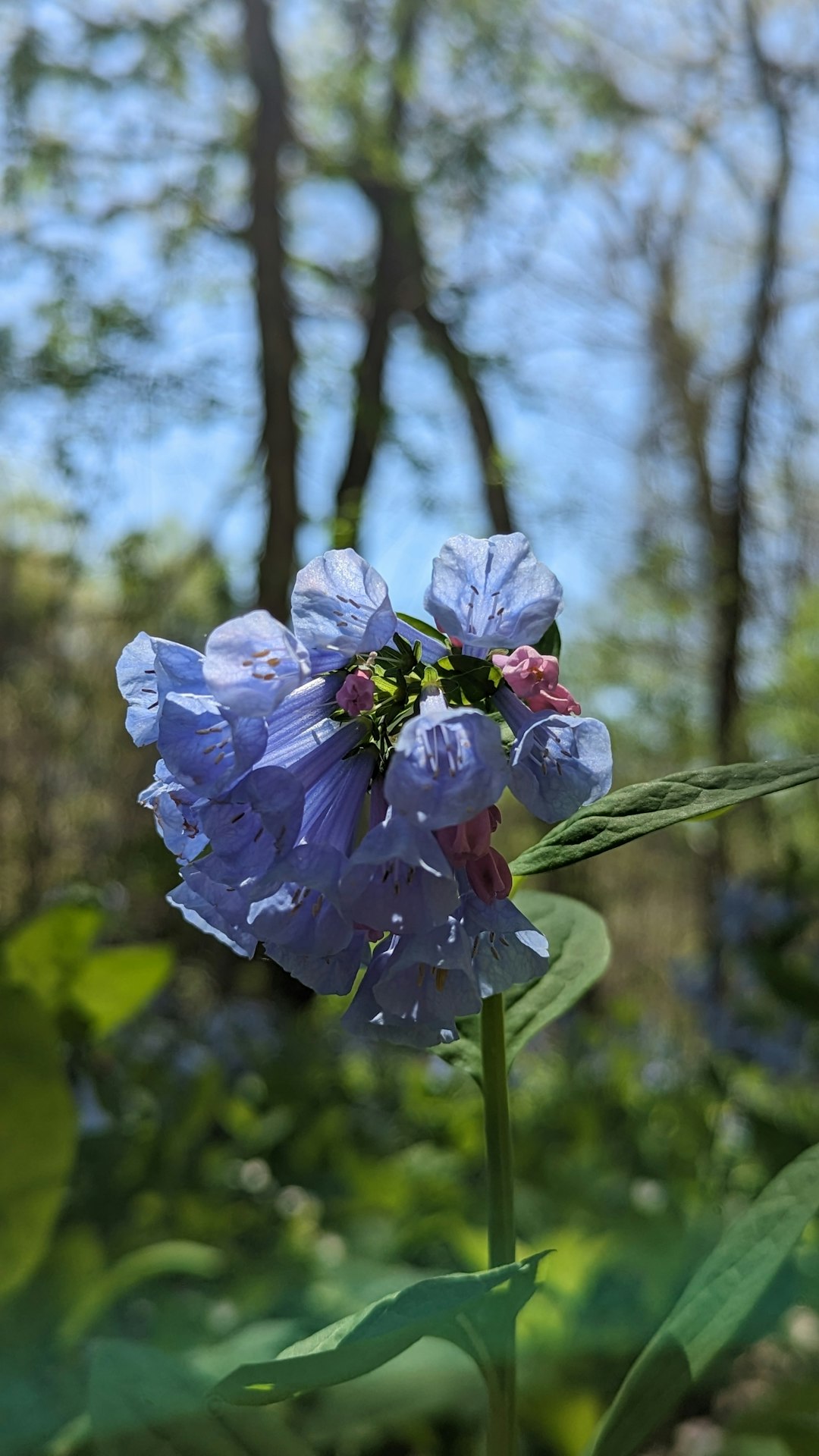Unveiling the Secrets of Cilantro Harvesting in Your Herb Garden

Edible gardening has become a beloved pastime for many, offering a rewarding experience of growing and consuming one's own fresh produce. Among the various herbs that can be cultivated in a garden, cilantro stands out for its unique flavor and versatility in culinary applications. In this article, we will explore the art of harvesting cilantro from your herb garden, providing you with simple tips to ensure a bountiful and flavorful harvest.
Cilantro, also known as coriander, is an annual herb that belongs to the Apiaceae family. It is native to regions spanning from southern Europe to northern Africa and southwestern Asia. With its delicate, fern - like leaves and a distinct, citrusy flavor, cilantro is a staple in many cuisines around the world, including Mexican, Indian, and Thai.
### Understanding the Growth Cycle of Cilantro
Before you start harvesting cilantro, it's crucial to understand its growth cycle. Cilantro is a cool - season herb that prefers mild temperatures. It germinates quickly, usually within 7 - 10 days, and reaches maturity in about 3 - 4 weeks. Cilantro has a tendency to bolt, which means it starts to produce flowers and go to seed when the weather gets too warm. Once it bolts, the flavor of the leaves changes, becoming more bitter. To prevent bolting, you can plant cilantro in partial shade or in the early spring or fall when temperatures are cooler.
### Choosing the Right Time to Harvest
The ideal time to start harvesting cilantro is when the plant has reached about 6 - 8 inches in height. At this stage, the leaves are tender and full of flavor. You can begin harvesting individual leaves as soon as the plant has enough foliage to spare. This is known as “cut - and - come - again” harvesting. If you want to harvest the entire plant, it's best to do so before it starts to bolt. A good indicator that the plant is about to bolt is when you notice a central stem starting to grow taller and develop flower buds.
### Tools for Harvesting Cilantro
Harvesting cilantro doesn't require any fancy tools. All you need is a pair of sharp, clean scissors or pruning shears. Make sure your tools are sanitized to prevent the spread of diseases. You can wipe the blades with rubbing alcohol before and after use.
### How to Harvest Cilantro
There are two main methods of harvesting cilantro: leaf - by - leaf harvesting and whole - plant harvesting.
Leaf - by - Leaf Harvesting
1. Start by identifying the outer, mature leaves of the cilantro plant. These are usually the largest and most developed leaves.
2. Hold the stem of the leaf gently between your fingers and use your scissors or pruning shears to cut the leaf off at the base, as close to the main stem as possible. Avoid pulling the leaves, as this can damage the plant.
3. Continue harvesting individual leaves from different parts of the plant, leaving the inner, younger leaves to continue growing. This way, the plant can keep producing new foliage.
Whole - Plant Harvesting
1. If you want to harvest the entire cilantro plant, wait until it has reached the desired size but before it bolts.
2. Use your scissors or pruning shears to cut the entire plant at the base, just above the soil level. This method is useful if you need a large quantity of cilantro at once, such as for making a big batch of salsa or a large herb - based dish.
### Post - Harvest Care
Once you've harvested your cilantro, it's important to handle it properly to maintain its freshness and flavor. Rinse the leaves gently under cool running water to remove any dirt or debris. Pat them dry with a clean towel or use a salad spinner. You can store cilantro in the refrigerator by placing the stems in a glass of water, similar to a bouquet of flowers. Cover the leaves loosely with a plastic bag and change the water every few days. Another option is to freeze cilantro. You can chop the leaves and place them in ice cube trays, filling each cube with a little water or olive oil. Once frozen, you can pop the cubes out and store them in a freezer bag for later use.
### Troubleshooting
Sometimes, you may encounter issues during the cilantro harvesting process. If your cilantro plants are bolting too quickly, try providing more shade or planting them in a cooler location. If the leaves are turning yellow or have spots, it could be a sign of a disease or pest problem. Check the plants regularly for signs of insects or fungal infections and take appropriate measures, such as using organic pesticides or fungicides.
In conclusion, harvesting cilantro from your herb garden can be a simple and rewarding experience. By understanding the growth cycle of cilantro, choosing the right time to harvest, using the proper tools, and following the correct harvesting methods, you can enjoy a continuous supply of fresh, flavorful cilantro throughout the growing season. Whether you're using it to add a zesty kick to your tacos or to enhance the flavor of your curries, home - grown cilantro will surely elevate your culinary creations.